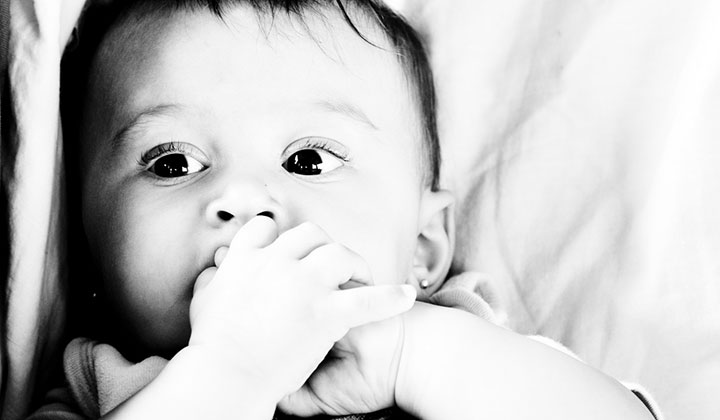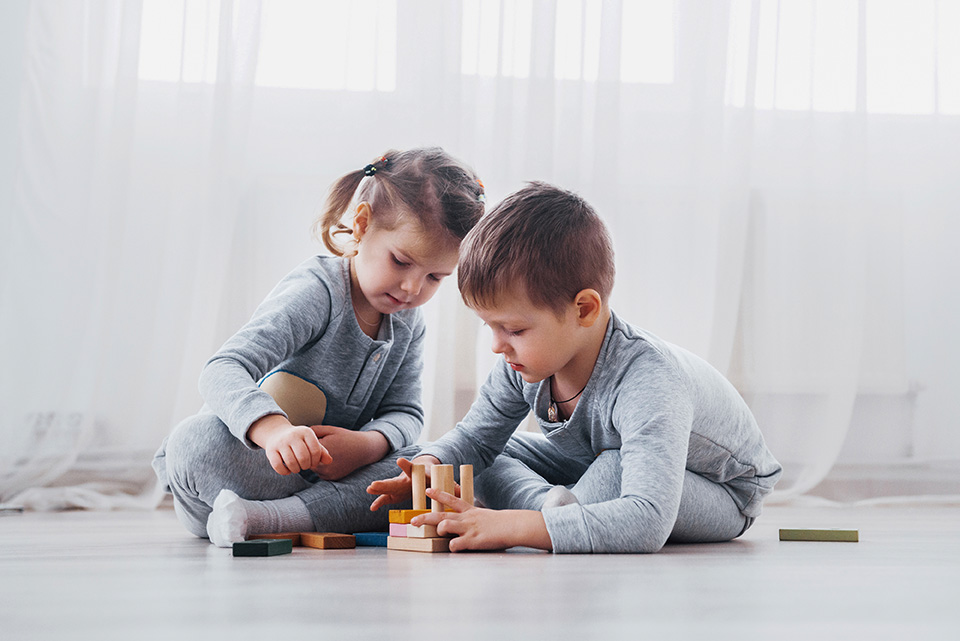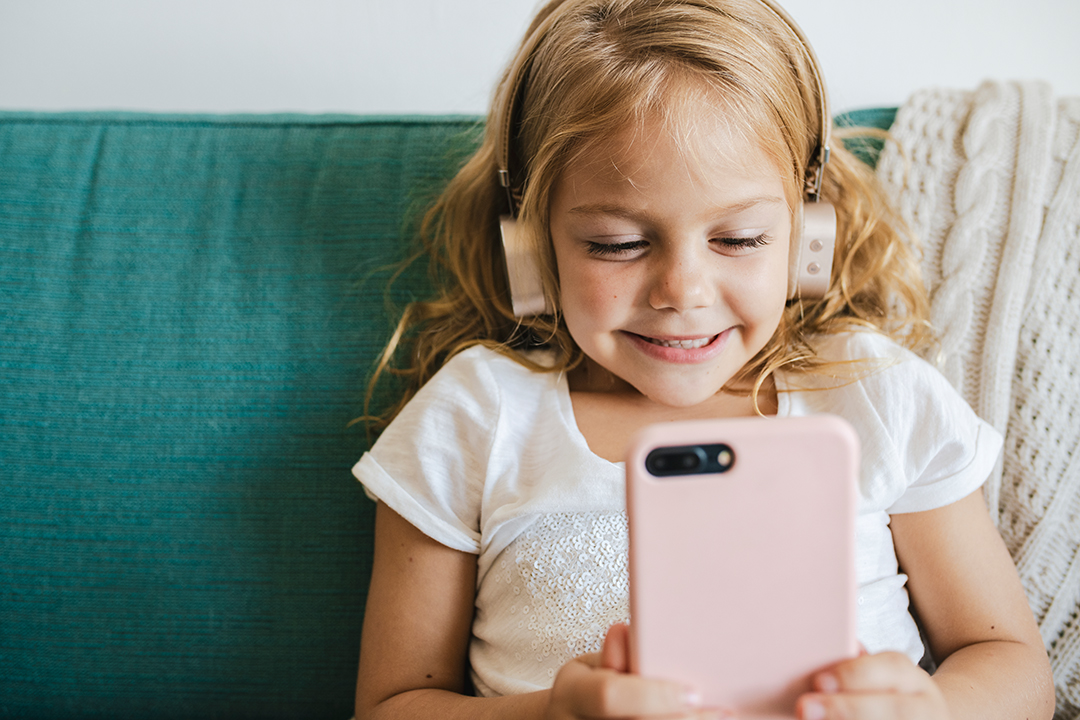What’s it actually like to be a baby?
Latest Posts • April 14, 2016

If you ask Alison Gopnik what it’s like being a baby, she’d say it’s like “falling in love in Paris for the first time after you’ve had 3 double espressos.”
I think you get it – being a baby is exciting! For babies the world is vivid and fresh, and it merits their attention at all times – something we adults might only now experience when we travel, are in love or have had too much caffeine.
Modern research shows babies and children are far more conscious than psychologists and philosophers give them credit for – perhaps even more conscious than adults.
Photo: „Julia“ by Federico Racchi https://www.flickr.com/photos/moja2/5547912701 is licensed under a Creative Commons license: https://creativecommons.org/licenses/by/2.0/
Gopnik, author of “The Scientist in the Crib” and “The Philosophical Baby,” and a professor of psychology at the University of California, Berkeley, has been studying children’s learning and development for over 30 years.
Her research demonstrates that evolution has provided babies with far more flexible brains than their adult counterparts – more connected, more active and more capable of taking in information from multiple sources all at once.
Rather than focusing attention on just one thing, babies will pay attention to anything that’s new, exciting, unexpected and/or informative. So when we say that babies and young children are bad at paying attention, Gopnik believes that what we really mean is that they’re bad at not paying attention.
She uses the metaphor of a spotlight to describe adult consciousness (as in, ready to produce a very focused, purpose-driven kind of attention) and that of a lantern, spreading its light to as many interesting things as possible, to describe the consciousness of babies and young children.
In her inspiring TED Talk “What do babies think?”, Gopnik presents evidence that babies and children are far more intelligent than we may have ever thought. She also urges us to consider this idea’s implications for early childhood education.
She advocates for as much free, self-directed play for babies and small children as possible and considers the trend toward more structured and academic early childhood programs as misguided. Babies and small children aren’t meant to learn particular skills or certain facts. They’re designed to explore and engage in very broad-based learning and should be encouraged to do so.
Young children are terrible at planning and aiming for precise goals, yet schoolwork revolves around and promotes these skills. By forcing children to learn specific sets of skills and facts without allowing them to be “distracted” by other possibilities, we undermine their open-mindedness, imagination, creativity and innovation – and ultimately their innate ability and desire to learn.
I see it everyday – children are excellent at observing, exploring and imagining.
They’re attracted to objects they’ll learn the most from, and are captivated by novel and unexpected events. They’re perfectly able to apply statistical reasoning, experimental discovery and probabilistic logic to make sense of the world. Just by spontaneously playing with a toy, they figure out how it works.
On the other hand, when a young child is shown how a certain toy works, they become less interested in the toy. As soon as they realize that somebody is trying to teach them something, they merely mimic what they’ve been shown, abandon their own methods of exploration and become less creative.
In her NYT article “Babies are smarter than we think,” Gopnik writes: “the learning that babies and young children do on their own, when they carefully watch an unexpected outcome and draw new conclusions from it, ceaselessly manipulate a new toy or imagine different ways that the world might be, is very different from schoolwork.”
She points out that babies and small children use all sorts of real-world objects, from dolls to cardboard boxes to mixing bowls, to learn about the real world. And also that “[…] what children observe most closely, explore most obsessively and imagine most vividly are the people around them.”
Therefore she concludes that there are no perfect toys and certainly no magic formula.
“Parents and other caregivers teach young children by paying attention and interacting with them naturally and, most of all, by just allowing them to play.”
I love that.
“…by just allowing them to play.”
Allowing children to play is allowing them to explore the multitude of possibilities. Play allows them to stay open minded, creative and innovative.
There’s a lot we can learn from putting ourselves in our little ones’ tiny shoes and discovering the way babies think. And since it’s our childhood experiences that program our adult brain, we might want to revisit some of the things we’ve learned back then or experience them all over again.




Leave A Comment